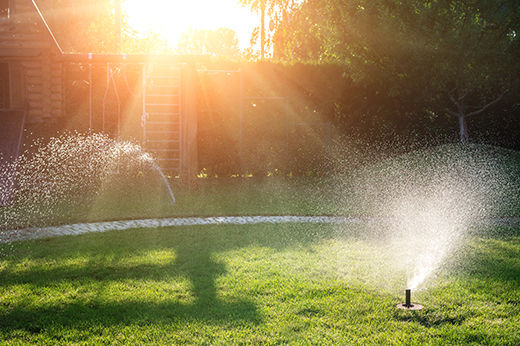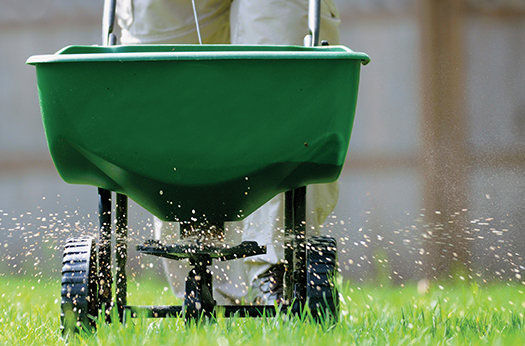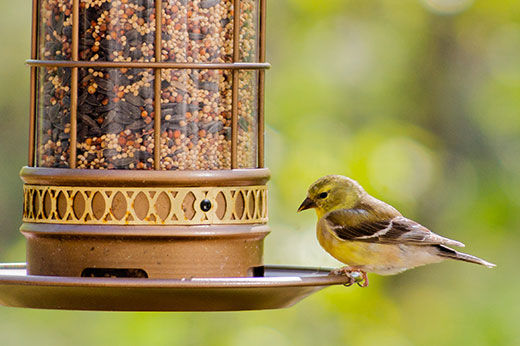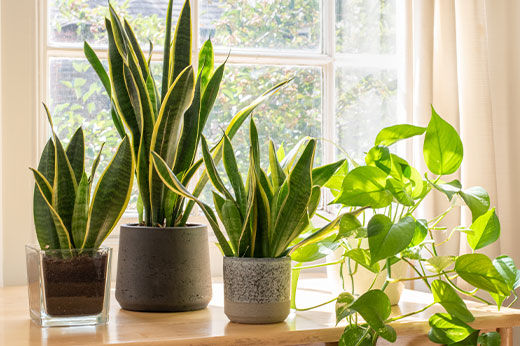8 Ways to Keep Mice Out of the House in Winter
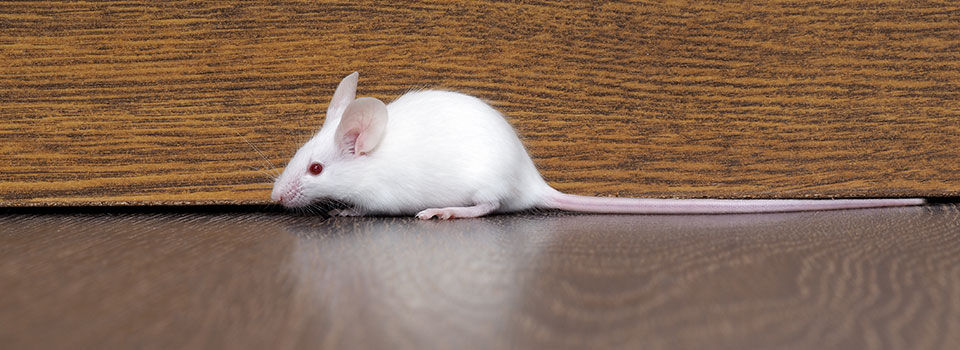
Mice are cute in cartoons, but a mouse problem can be costly and even dangerous in real life. Even if you aren't afraid of rodents, no one likes to find a surprise mouse nest in their home.
Follow these steps if you'd like to keep mice out of your house in the winter. You'll ensure that Mickey and Minnie find a home far away from yours.
Why Do Mice Come into the House in the Winter?
If you want to keep mice out of your house, it's essential first to understand why mice are drawn to people's homes. Like humans, mice want to be warm and fed, especially in the winter. But unfortunately, when a mouse comes into your home, they're often destructive and can even spread illness.
Mice seek the path of least resistance. While they’re very good at finding ways to get into tight spots (they don’t have collar bones, which enables them to squeeze into very narrow spaces), most mice will enter places that are easily accessible with access to food, heat, and water.
Humans have plenty of nesting materials in their homes for mice as well. Mice appreciate clutter, wood piles, and cardboard storage boxes. They will nibble on fabric, snack on discarded crumbs (especially pet food), and find quiet corners where they can nest.
What keeps mice away from your home? It's essential to eliminate any areas that they might find welcoming. Make mouse-proofing your house part of your winter preparation with these 8 ways to keep mice away.
8 Ways to Keep Mice Out of Your House this Winter
As with many home issues, an ounce of prevention is worth a pound of cure. Taking steps to deter mice is a much easier (and more pleasant) process than getting rid of a mouse infestation. To keep mice out, take the following steps.
1. Know the Signs of Mice in Your Home
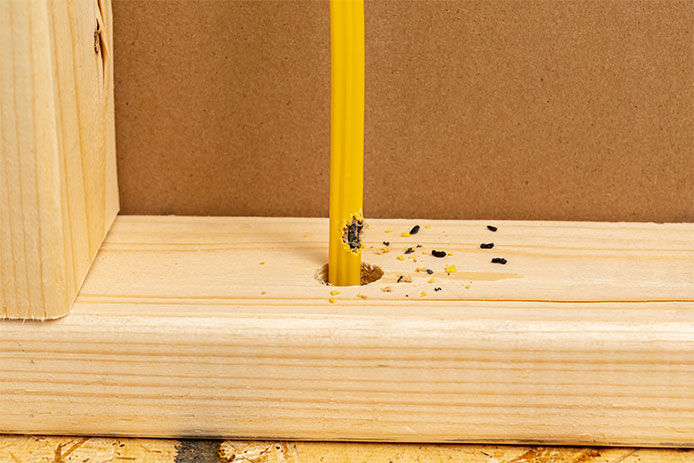
Mice are small and tough to detect. You’ll likely see signs of the mouse long before you run into the mouse himself. The number one sign of mice is the presence of mice droppings. These look like tiny brown pieces of rice. Mouse urine has a musty odor and can also be detected in corners of storage areas.
Another telltale sign of mice is their teeth marks. Mice nibble! They will shred paper, cardboard, fabric, and even wires. If you notice the presence of frayed wires, damaged insulation, or chew marks, you may already have a mouse issue (in which case, follow the steps below to get rid of these unwanted guests).
2. Look for Holes and Cracks Around Your House
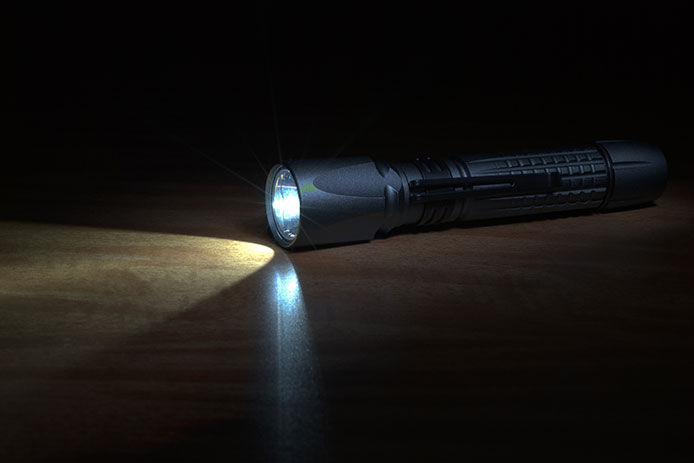
To prevent mice from coming inside your home, address any and all spots where they might enter. This means scouring your home's foundation inside and out, looking for any holes or cracks where a mouse could sneak in. Believe it or not, mice can get into a space as thin as 1/4 an inch. So don't ignore seemingly small gaps.
It’s also important to check your flue, dryer vent, and any other spots that lead from outdoors to the inside of your home. You can find vent caps and screens that allow for proper ventilation while keeping mice out. Check around window frames and door frames. Look at the areas around your baseboards and flooring, especially walls shared with the garage, basement, or crawl space.
3. Seal Up the Holes with Steel Wool
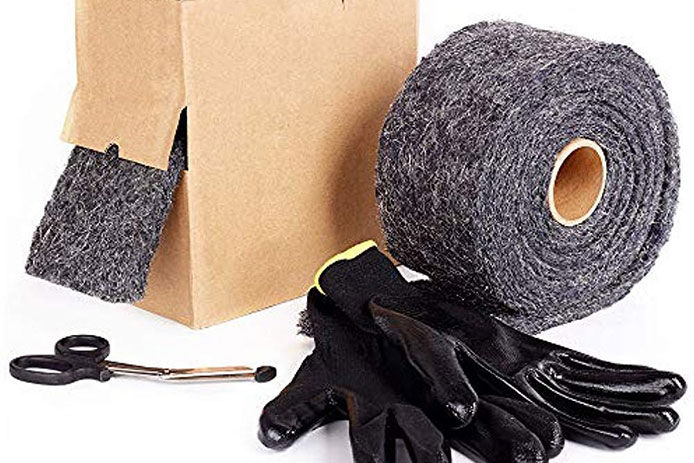
A quick DIY fix for keeping mice out of your house is to plug any holes in your foundation or home with steel wool material, followed by a thick caulk line to seal entryways. Steel wool is inexpensive and valuable in protecting your home from mice invasions. While mice can chew through almost anything, the rough texture of steel wool is not pleasant for a mouse, and they will avoid it.
Note: Make sure to use eye protection and gloves when handling steel wool, as it can be an irritant.
4. Use Caulk or Foam to Block Mice from Getting in Your House

For small cracks and spaces, consider using caulk to deter mice. Caulking around your home's baseboards, window frames, and any other areas that might have a gap will not only keep out mice and other pests but also help prevent drafts in the winter.
If you find a larger gap, foam sealant can help you take care of it. Expanding foam sealant is especially helpful for plugging up areas in your basement, attic, crawl spaces, and other spots where mice might find a welcoming entrance to your house. Be sure to test the product a little at a time until you're familiar with how it expands. Most types can be sanded down and painted as well.
5. Clean Up Yard Debris

Mice and other critters love to hide in yard debris. Leaf piles, weeds, and brush make a welcoming and warm spot for nests. Unfortunately, when these piles of brush are near the foundation of your house, they can also present a welcoming gateway.
In the fall, clean up all leaf and yard refuse and move it away from your home. Keep your home's foundation free and clear of all yard waste and areas that might attract mice, bugs, and other pests.
6. Wipe Out Cupboards and Corners
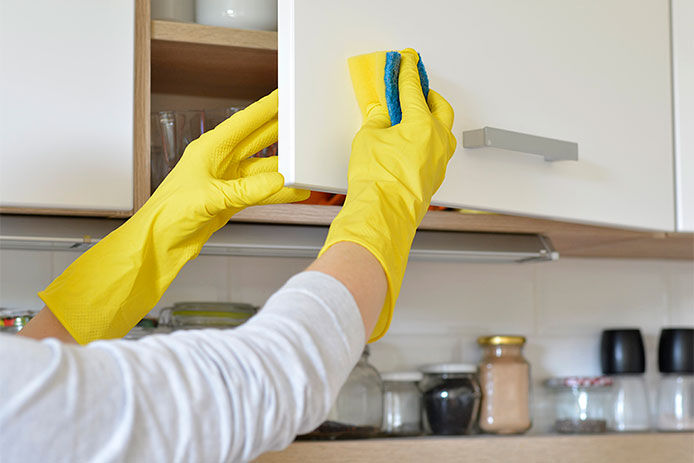
Mice search for areas of opportunity, and that includes crumbs and tasty snacks. These nibblers will feast on open boxes of food in your cupboards and pantry. So it's essential to clean up all the corners of your kitchen to ensure they don't find a feast.
Every few months, clear out your cupboards and wipe them thoroughly with a sponge and cleaning spray. Watch for signs of mice, including droppings and boxes that show teeth marks. Discard any food that mice might have contaminated. You can also put down adhesive shelf liner to make it easier to clean shelves and drawers.
7. Move Storage to Mice-Safe Containers
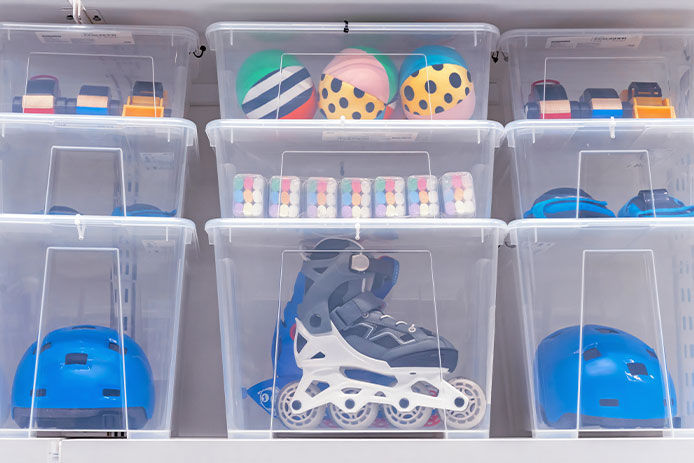
Mice love cardboard, fabric, and paper. So, if you are storing paper items in your basement or attic in cardboard containers, consider changing to plastic, mice-safe storage. Look for containers with lids that seal tightly, especially if you're storing items like camping or pet supplies containing dust and crumbs that could attract mice.
Similarly, store linens, fabric, and clothing in containers that mice can’t invade. Storage bags, especially vacuum seal storage bags, are helpful for soft items and will keep away moths and bugs as well.
8. Don’t Let Pet Food Bowls Sit

While you may not want to run out and adopt a cat just to keep mice out of your home, pets typically do act as a deterrent. Mice will avoid dogs and cats. Even if your cat isn’t good at being a predator, the smell of cats terrifies mice and will keep them away.
If you already have a pet, don’t let the pet bowls sit out during the day, especially near entryways to your home. A hungry mouse might be desperate enough to sneak into your house for the food, even if they know Fido and Fifi have residency.
What to Do if You Find a Mouse: How to Get Rid of Mice in Your House
So what do you do if you've followed the tips for preventing mice above but still notice signs (or worse, see a mouse) in your home? How do you get rid of mice when you know they've moved into your home?
1. Eliminate All Signs of Mice
The first step for getting rid of mice is eliminating anything that could attract them to return. That means following the steps above to seal off cracks, clean out cupboards, and remove traces of mouse feces or urine. If you find a nest, check around the area to block any mouse entrances. Eliminate anything that might make the space appealing to mice—you don't want them to come back!
2. Use Sound to Deter Mice
Mice are sensitive to high-pitched sounds. Sonic mice and rodent deterrents emit a frequency that humans can't detect but mice hate. Fortunately, the frequency is safe for non-rodent pets too. Many sonic pest deterrents are small and discrete, keeping away pests for years. Plug one into the wall near the spot where you saw signs of the unwanted visitors.
3. Deter Mice with Scent
Many animals, including rodents (bats, rabbits, squirrels, and mice), have a powerful aversion to certain scents. Scent-based repellants emit odors that trigger a flight or fear response in these unwelcomed pests. Many scent-based repellants are safe for use around plants, children, and even pets but will help keep mice away from your house. Use outdoor scent deterrent anywhere that you suspect mice might be entering. Choose family-safe indoor options to repel mice inside your home.
4. Set Mouse Traps
There's a reason that the original mousetrap design is the classic answer for getting rid of mice—they work! The traditional "snap" traps kill mice quickly (and reasonably humanely), but placing them out of reach of children and pets is critical. New, safer, effective touch-free mousetrap designs allow you to avoid any risk of injury or contamination when you dispose of the trap. Live traps are also an option to catch and release mice far away from your home.
How to Keep Mice Out of Your House Permanently
If you're worried about mice this winter, take steps to keep mice out of your house permanently. Make your environment as unwelcoming as possible to these furry pests, and they'll find another spot to hole up for the winter.
It's essential to address any signs of mice infestation right away—don't wait. Keep your home safe, secure, and pest-free when the weather gets cold. Do It Best is here to help with all the supplies you need to keep your home healthy and free of unwelcome rodents.
Mice can be troublesome and cause serious headaches during the wintertime. Choosing the right type of rodent control can reduce this stress and leave you at ease. Knowing what solution is best for your home and family is the key for getting rid of those unwanted guests.
Article Author
Sara Edmondson
Sara Edmondson is a current Masters student at Northern Kentucky University and has a passion for Business Communication. In her free time she obsesses about music and plants.
